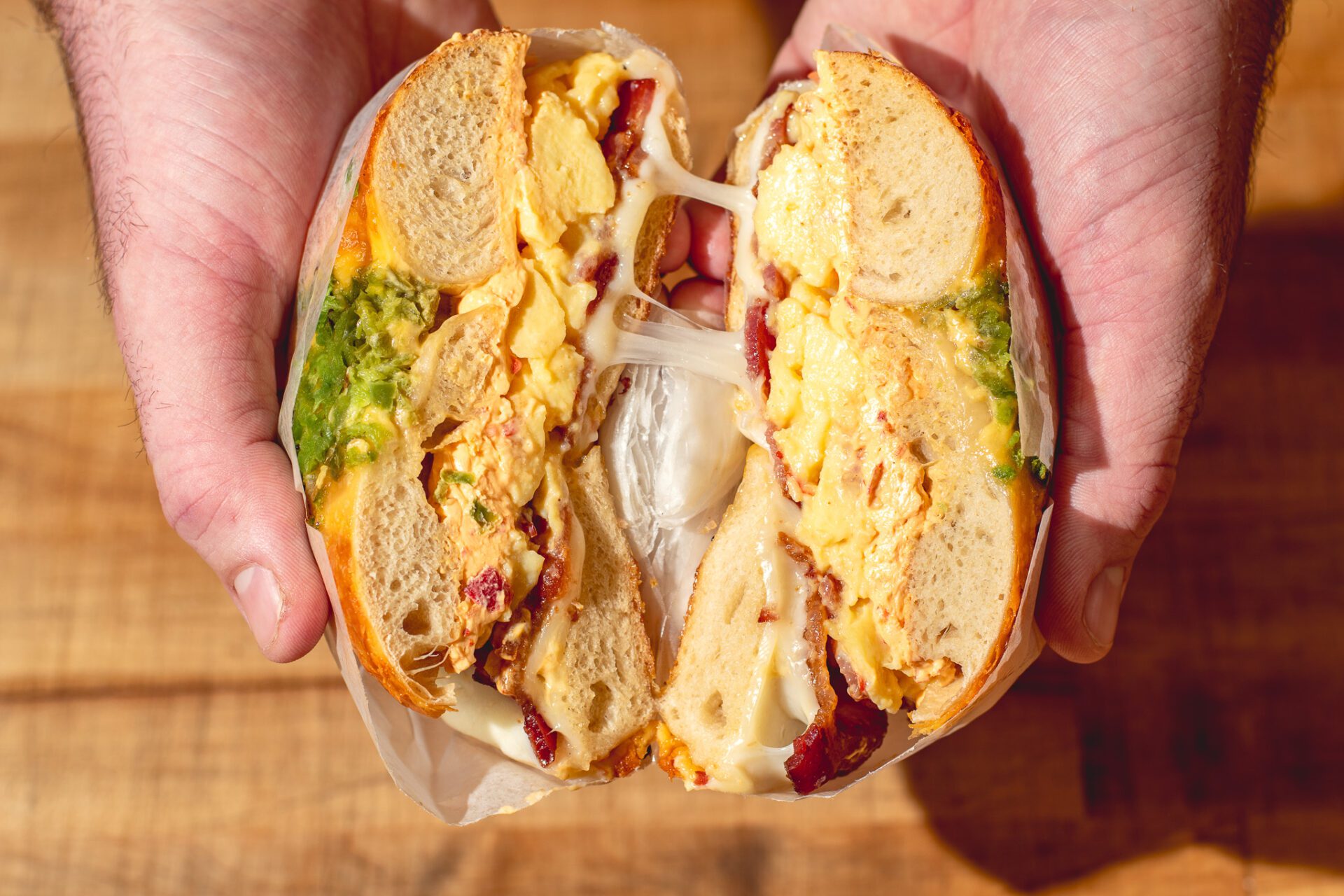
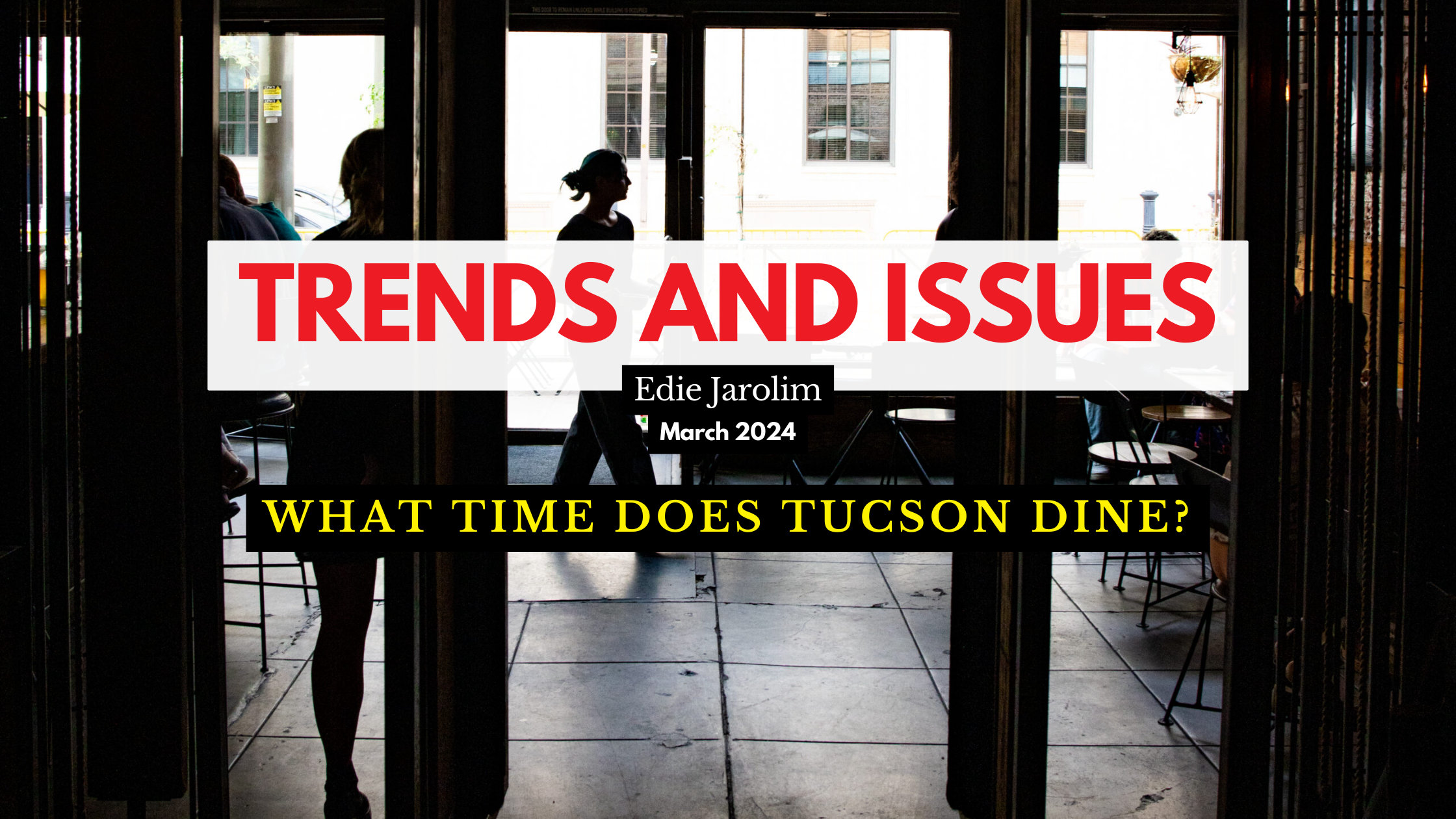
Our new Trends and Issues series, which kicks off by addressing the question of What Time Does Tucson Dine?, will tackle the topics that are important to you, our readers, and fellow foodies. Each week we’ll ask you to vote on the next trend or issue (take the poll at the bottom of this article).
Tucson has long been known for — sometimes mocked for — its early dining hours. I used to joke that I moved here from Manhattan so I wouldn’t have to beg people to meet me for dinner before 8 p.m.
But Tucsonans may yet have the last laugh. In an article headlined “America Is Becoming a Nation of Early Birds,” The Wall Street Journal noted that several trendy new restaurants across the country are shuttering at 8 p.m. Yelp’s “State of the Restaurant Industry 2023” report found that 10% of all diners are seated between 2 and 5 p.m., double from a pre-pandemic 5%. According to the same Yelp survey, the most popular reservation time, accounting for 20% of all bookings, is 6 p.m.
What gives?
In Tucson, the pandemic highlighted and exacerbated the dining habits of beat-the-heat early risers, tossing into the mix the higher cost of ingredients and, especially, labor. From a restaurant owner’s perspective, it isn’t cost-effective to stay open late. Doug Levy, chef/restaurateur of Feast, said, “It’s a question of is it worth it to keep an entire staff of 10 or 11 people on for an extra hour, if only a few more people are going to come in just at the tail end of things. The answer is a hard no.”
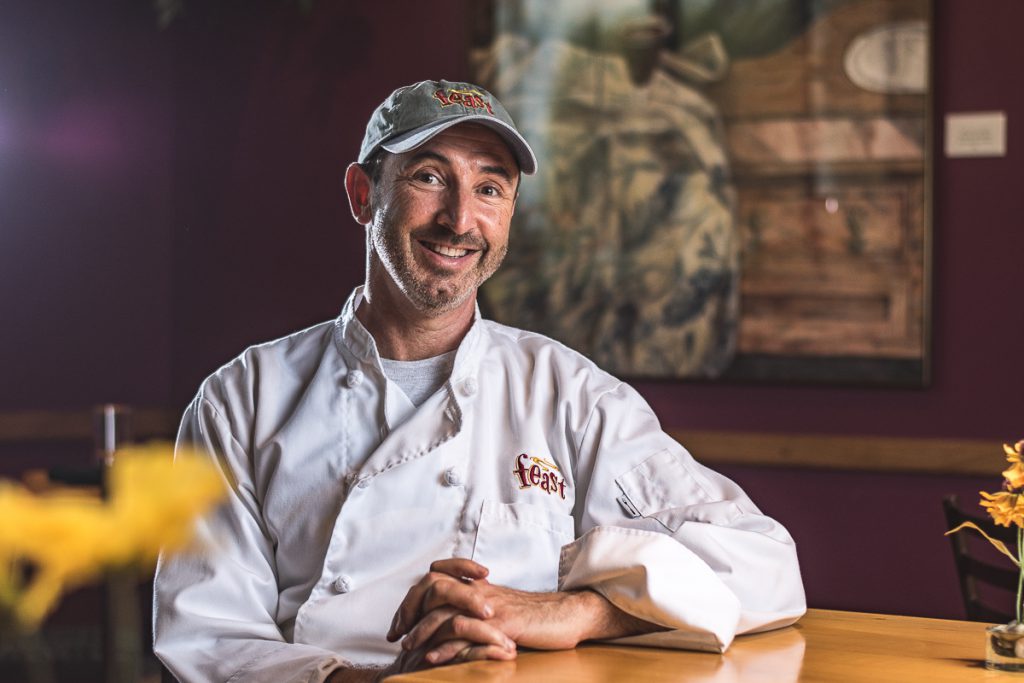
Levy also observed that patrons are tightening their belts, perhaps ordering sandwiches or one-course meals instead of more elaborate repasts. “So, if you figure your check average is going to be on the low end of things and your labor cost is going to be on the high end, it doesn’t make sense to stay open later than you need to,” he noted.
Feast now closes at 8 p.m., instead of its pre-pandemic 9 p.m. Sunday opening and weekday happy hours went by the wayside too, the latter since diners no longer needed an incentive to come in early.
As to why many patrons are pushing back their meal times, Levy suggested that they got accustomed to eating earlier during the pandemic out of boredom — “When there was nothing to do during the day, they cooked or got takeout as early as possible” — and never broke the habit.
In addition, the rise of the remote workplace cut out the time spent commuting and changing clothes after work, thus eliminating the need to factor in those extra hours when making dinner plans.
But not all the reasons for the earlier dining trend are pandemic-related. In recent years, scientists have emphasized the importance to health of a good night’s sleep, maintaining that restorative slumber can be disrupted by eating a large meal right before bed. Waiting at least two or three hours before hitting the pillow is considered optimal.
The popularity of the intermittent fasting diet has also had an impact on dining times. Followers of the clock-watching plan who want to be able to fuel themselves for a day of work or play often find it easier to consume most of their calories in the late afternoon or early evening.
Demography and geography factor into dining schedules, too. In sprawling Tucson, some older diners don’t like to drive after dark and don’t want to add the expense of a lengthy ride share to the budget. Although Feast’s creative New American cuisine and carefully curated wine list attract a large number of younger customers, Levy reports that the majority of his clientele are over 50.
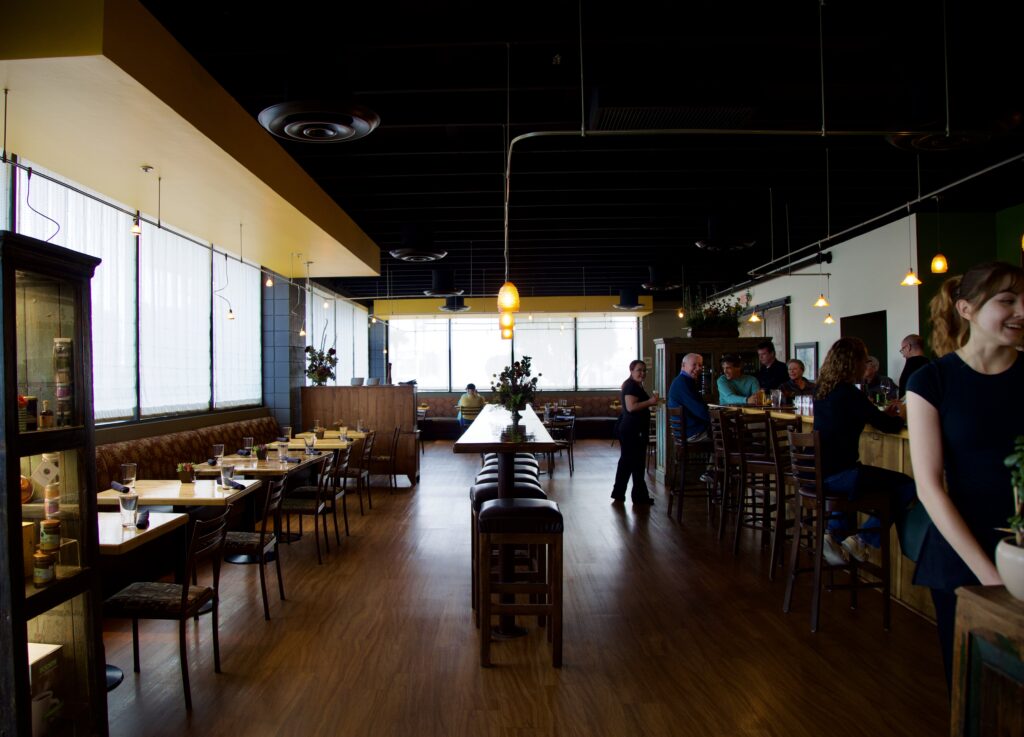
But what about Tucson’s night owls? Don’t foodies of all ages and work habits who dance to different circadian rhythms also deserve a nice meal out on the town?
There’s no call for them to despair, though they might have to be a bit patient. For every trend story predicting a shift in one direction, you’re bound to find another pointing the opposite way. So, for example, Bon Appetit’s wrap up of the 2023 restaurant scene predicts a slow but steady movement back toward late-night dining.
In Tucson, it’s not so much of a movement back to late-night dining as a reinvigoration of efforts to achieve that goal by independent chef/restaurateurs like Ken Foy of Dante’s Kitchen and Cocktails, the reigning Iron Chef champion. An east coast transplant accustomed to more cosmopolitan closing times, Foy opened Dante’s in 2013 with a playful menu, segmented to reflect the seven deadly sins, featuring seriously good food served until 2 a.m. nightly.
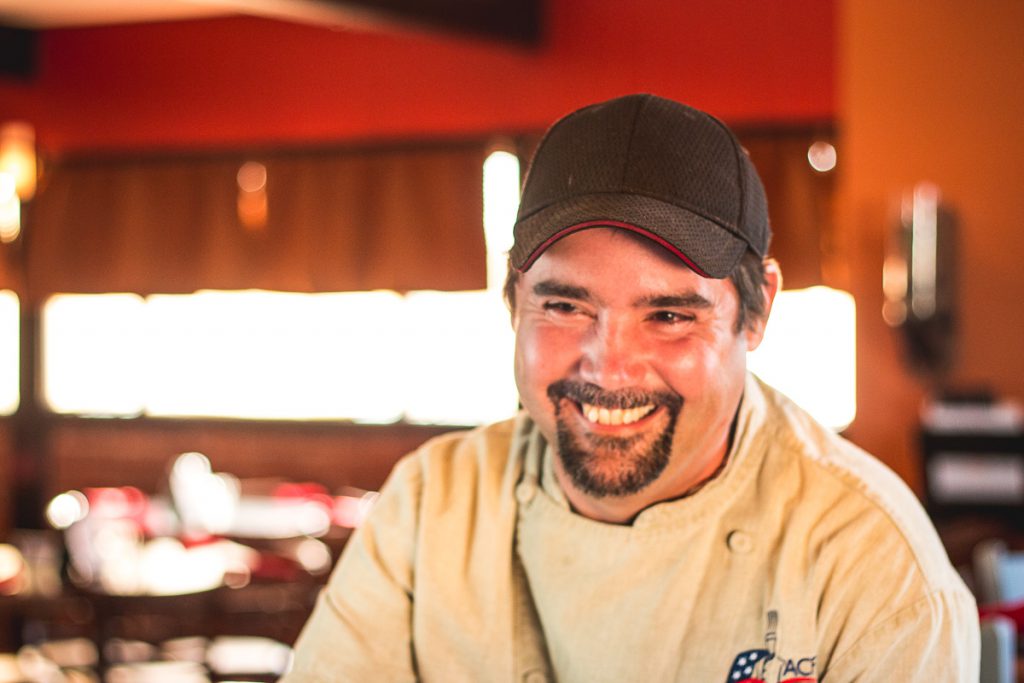
He is still dedicated to filling the late-night dining niche but on a more limited scale, acknowledging that “there’s a need for it in the community, but late hours haven’t been as easy to maintain as they were before the pandemic.” Dante’s is now open until 10 p.m. during the week, midnight on the weekend. So, Foy, noted, “We lost four hours on standard weekdays and two hours on weekends, just to keep going.”
Dante’s also used to offer a 20% discount to restaurant workers who came in after 10 p.m. With fewer customers falling into that category and a tighter profit margin, that markdown was axed.
That said, one offshoot of the pandemic has helped sustain Dante’s. “The to-go business was almost nonexistent pre-pandemic,” Foy explained. “Now it’s brisk late at night on Friday and Saturday. It’s still busy inside but it’s now augmented with some of the online ghost concepts that we operate. That helps us make the balance sheet work.”
The bigger picture: Most full-service dining rooms in town shut their doors at 9 p.m. during the week, 10 p.m. on the weekends, but their kitchens stay open later. Levy clarified his own 8 p.m. closing policy: “If somebody comes to Feast’s door at 8:15 p.m., they’re not going to be turned away and they’ll still be able to enjoy a full meal at leisure.”
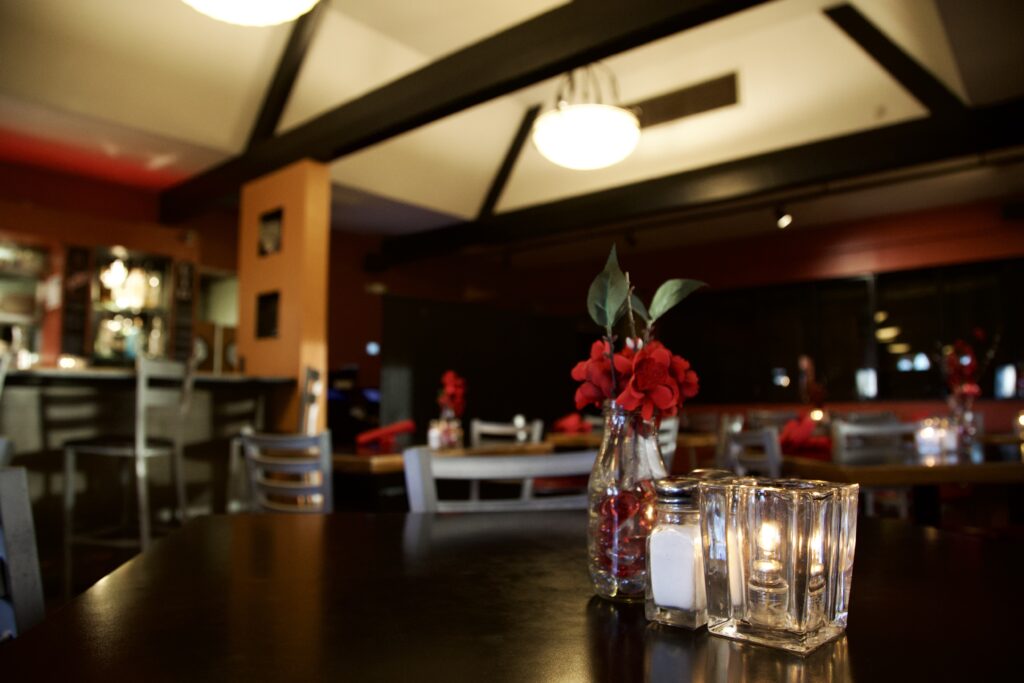
And Dante’s most popular dining hour is 7 p.m. every evening of the week, according to Foy, even though the restaurant doesn’t close until much later. He is resigned to the status quo: “We’re not seeing a rush at the door late at night. So right now, it’s just kind of keep it where it is, don’t lose anymore. Hopefully there’ll be an opportunity to expand when conditions dictate.”
In the meantime, maybe we should just embrace our early bird ways.
Consider that Tucson was the first city in the United States to get the UNESCO City of Gastronomy designation. We’ve also been trailblazers in the wellness sector, home to such innovators as Canyon Ranch, Miraval, and Integrative Medicine at the University of Arizona. Perhaps it’s just a question of time before the country catches up to us in this arena too, recognizing our pioneering role as early dining early adopters.
Check out our Late-Night Dining Guide for restaurants, bars and lounges with a full dining menu that stay open late.